Info, news & debate
Soft fruit
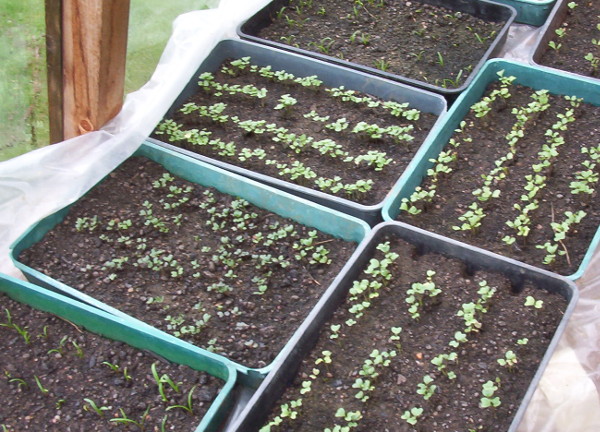
Fruit & vegetable growing guide for March
March is the month when things really start to move in the growing season. In fact the start of the year used to be Lady Day, the Feast of the Annunciation, 25th March until 1752 in Britain when we adopted the Gregorian calendar and started our year on the 1st January.
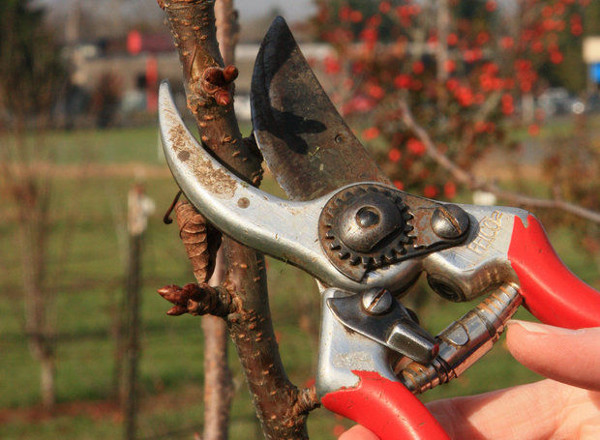
Fruit & vegetable growing guide for February
February, being the last of the winter months , often has a sting and ends up being the coldest month. So, more than any other month, this one you need to play according to local conditions. It’s best to hold off than try to sow in waterlogged, near frozen ground that will most likely rot …
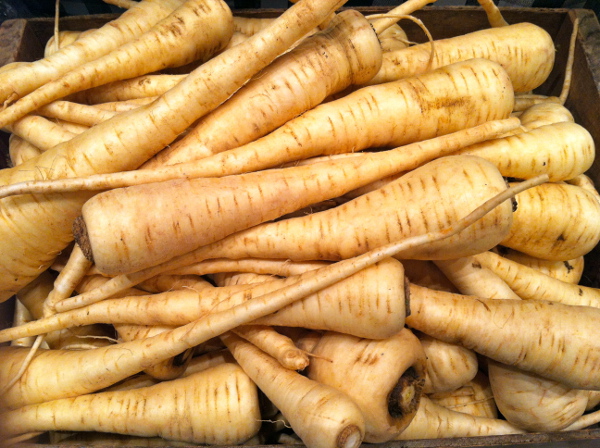
Fruit & vegetable growing guide for January
January is generally a very cold month with hard frosts freezing the ground although there are no guarantees with British weather. Looking through my diaries, snow isn’t that likely for a prolonged period, but you never know.
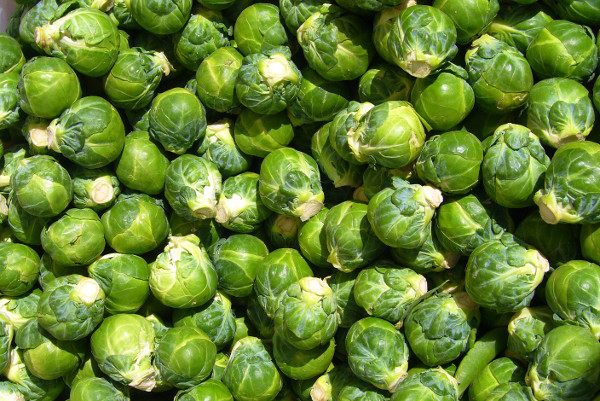
Fruit & vegetable growing guide for December
Predicting winter weather is as hard as predicting summer weather in Britain, which makes it difficult to advise on jobs. We’re pretty sure of seeing some hard frosts but those dreaming of a white Christmas are actually more likely to see a white Easter.

Fruit & vegetable growing guide for November
November is the month when the hard frosts and heavy rain usually arrive so it’s important to grab whatever time you can on the plot in case you don’t get another chance.
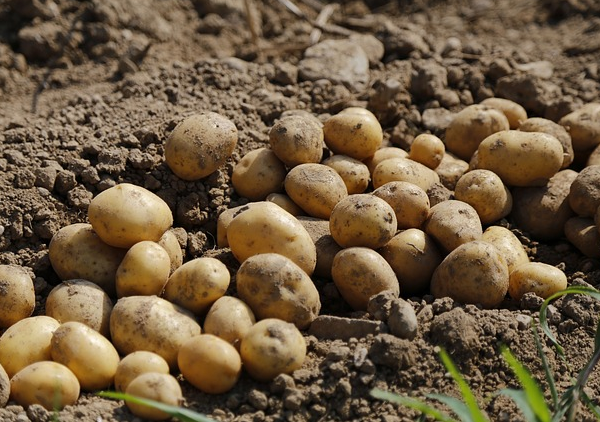
Fruit & vegetable growing guide for October
October is really the last of the hectic months on the vegetable plot. There’s little to sow and plant but still a fair amount to harvest and store away to eat through winter. This is the month when the first frosts usually arrive so killing off all but the hardy plants.
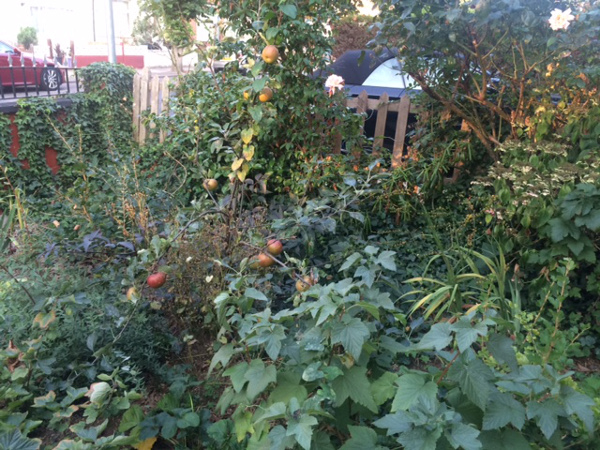
Low-impact & the city 4: front gardens – concrete or plants?
My partner’s mother lives in Hounslow, under the Heathrow flight path and next to a dual carriageway. But she has filled her front and back garden with flowers, trees, bushes and vegetables. When she visits, she often brings pears, plums, spinach, tomatoes or flowers from her garden.
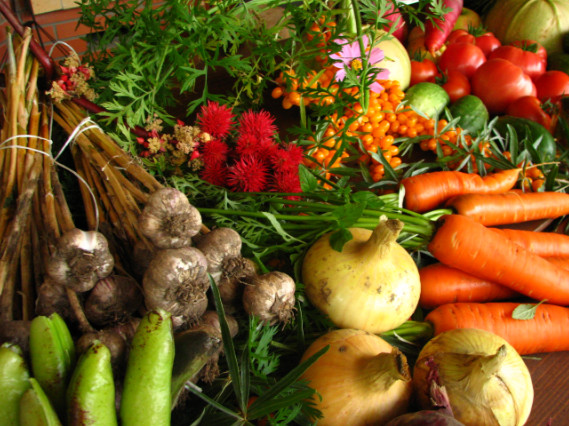
Why do organic farmers have to pay for certification rather than farmers who use toxic chemicals?
It’s always more expensive to do the right thing isn’t it? Like taking the train instead of driving or flying, or buying recycled products, organic food or natural building materials. If you want to do the environmentally-friendly or socially-just thing, it’s going to cost you more money. That can’t be right, can it?
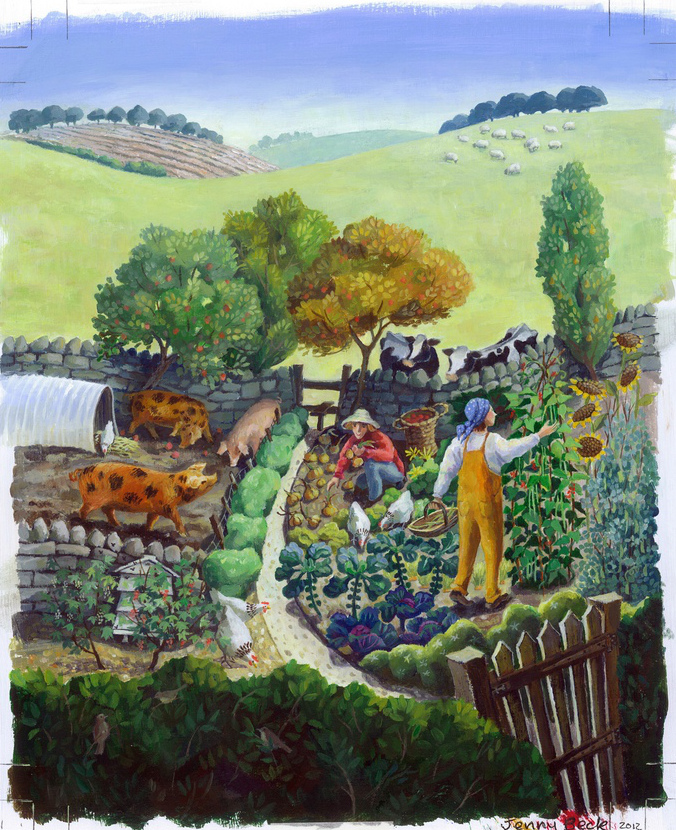
Viable self-sufficiency
Back 40 years ago in 1976, John Seymour’s most famous work –The Complete Book of Self-Sufficiency – was published. It was billed as for dreamers and realists which was pretty accurate.
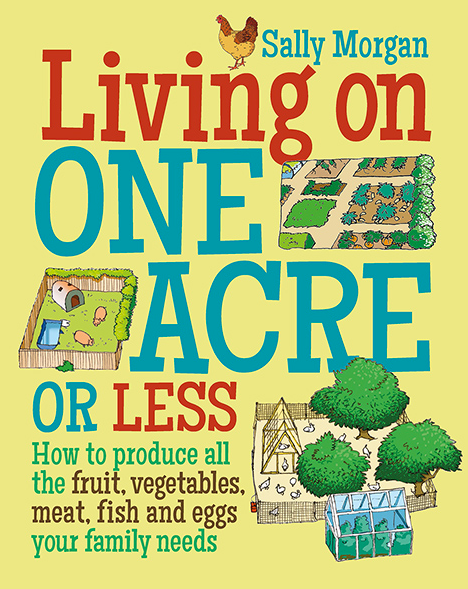
Win a copy of our partner Sally Morgan’s great new book, ‘Living on One Acre or Less’
This is a new book by our partner Sally Morgan of Empire Farm. It’s a comprehensive guide to starting and running your own micro-smallholding.
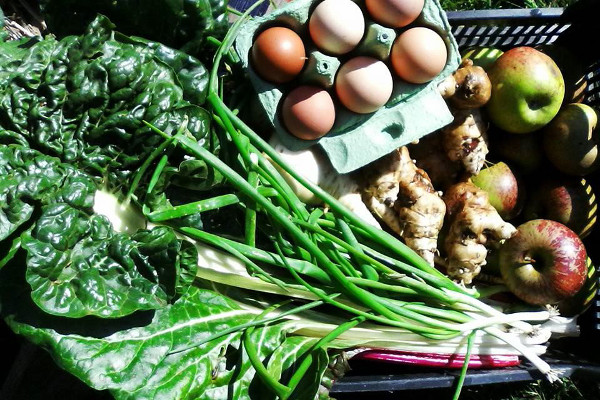
Getting into the allotment groove: reasons for getting an allotment
Recently I hosted a radio show where I asked the question What Does Your Allotment Mean to You?, what was interesting was just like the many approaches to growing your own, there were just as many reasons for doing so.
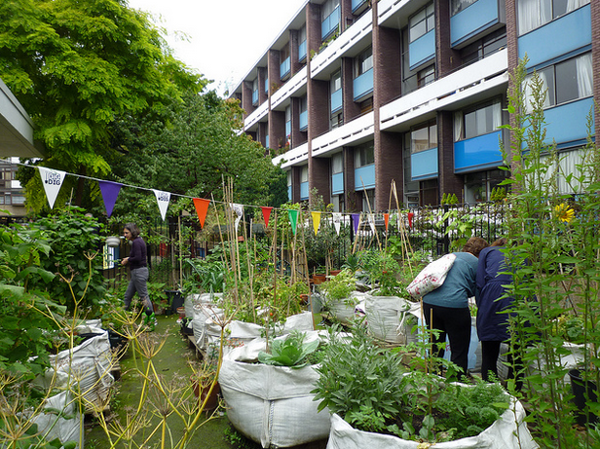
Get inspired to grow your own food: visit gardens producing food in cities
Edible Gardens Open Day is an annual event for Londoners to explore secret gardens, embark on an edible walking tour, or venture further afield to discover people growing in novel places. It’s now happening in other cities too.
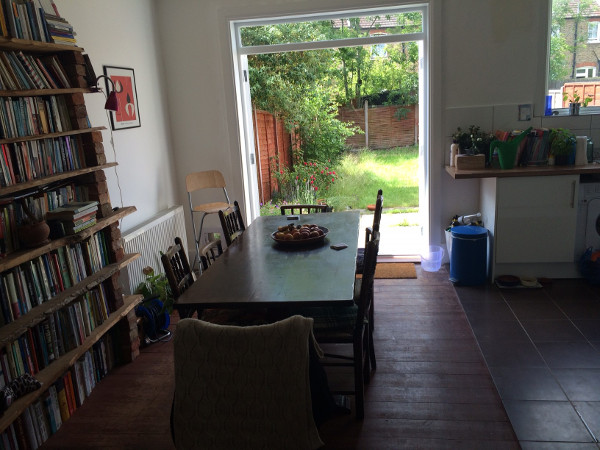
Low-impact & the city 1: introduction – how possible is it to live in a sustainable, non-corporate way in a city?
I lived at Redfield Community for 13 years – it’s where Lowimpact.org was born – but now I live in London, and so I’m assessing my options for living as low-impact a life as I can.
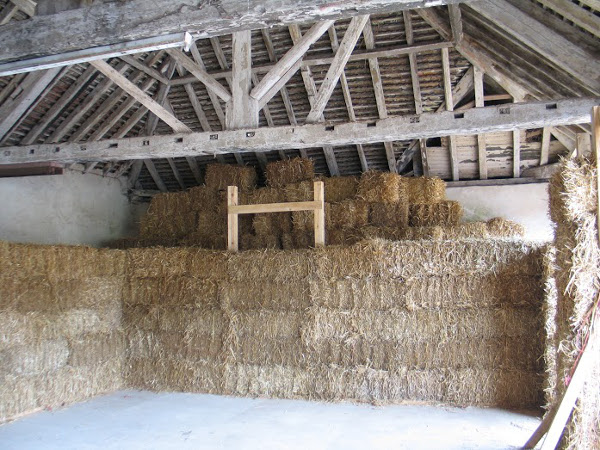
Help Brighton Permaculture Trust build a straw-bale ‘fruit factory’
Brighton Permaculture Trust are Scaling Up the Scrump – and need your help to make it happen! For several years we’ve been turning waste fruit from local orchards and people’s homes into delicious produce such as jam, chutneys, and juices at pop-up scrumping events.
